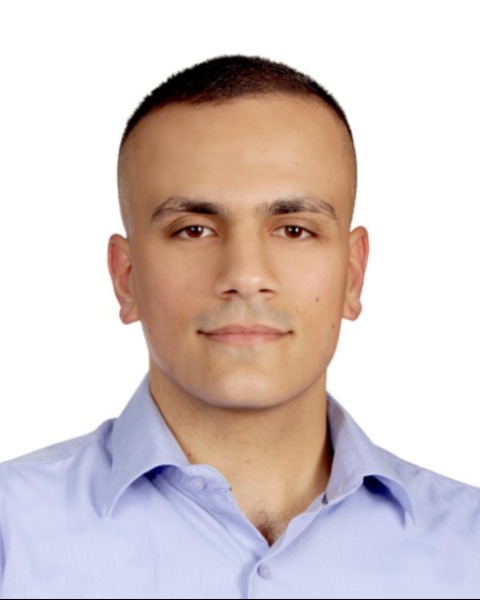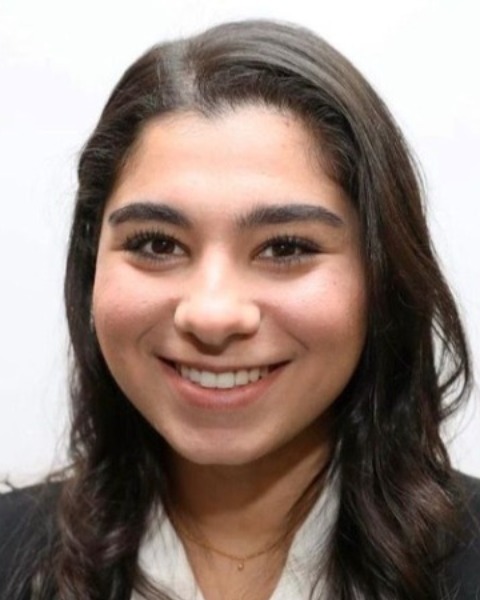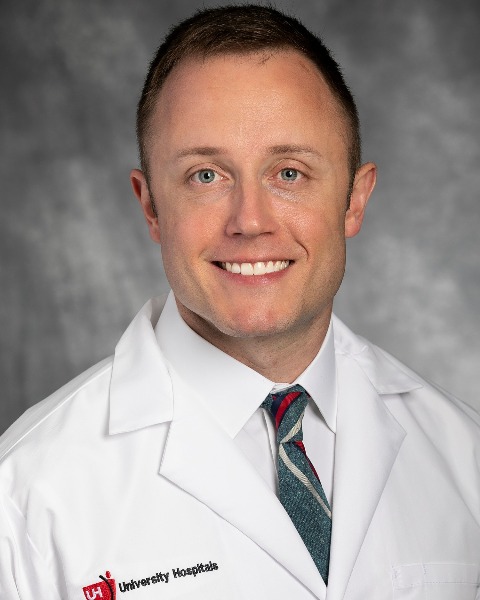Upper Gastrointestinal (lips to ileocecal valve, including esophagus and stomach)
E448: Reasons for surgical attrition among non-metastatic upper gastrointestinal cancer patients; a single institutional experience

Hanna Kakish, MD
Research fellow
University Hospitals Cleveland Medical Center
Cleveland, Ohio, United States
Hanna Kakish, MD
Research fellow
University Hospitals Cleveland Medical Center
Cleveland, Ohio, United States
Hanna Kakish, MD
Research fellow
University Hospitals Cleveland Medical Center
Cleveland, Ohio, United States- CD
Claire Drigotas, ba
Medical Student
Case Western Reserve University School of Medicine, Cleveland, OH, United States - CJ
Carmen Jung, BA
Medical Student
Case Western Reserve University School of Medicine, Cleveland, OH, United States - AL
Alexander W. Loftus, MD
Surgery Resident
University Hospitals Cleveland Medical Center, United States 
Susan J. Doh, MD (she/her/hers)
Resident
Division of Surgical Oncology, Department of Surgery, University Hospitals, Case Western Reserve University School of Medicine, Cleveland, OH, USA
Cleveland, Ohio, United States
Christina S. Boutros, DO
Surgery Resident
University Hospitals Cleveland Medical Center/ Case Western Reserve University
University Heights, Ohio, United States- LR
Luke D. Rothermel, MD MPH
Surgeon
University Hospitals Cleveland Medical Center, United States 
Richard S. Hoehn, MD
Surgeon
University Hospitals Cleveland Medical Center
Cleveland, Ohio, United States
ePoster Abstract Author(s)
Submitter(s)
Author(s)
Upper gastrointestinal (UGI) cancers require multidisciplinary treatment, but surgery is the only curative option. National rates of surgical attrition for non-metastatic UGI cancers range from 9%-53% depending on tumor location, but these studies lack granular explanation of treatment decisions. We sought to understand reasons for attrition before surgery within our regional hospital network.
Methods:
We performed chart reviews of patients (age 18-80) with stage I-III UGI cancers (gastroesophageal junction, gastric, and hepatopancreatobiliary adenocarcinomas) in our multi-hospital cancer registry from 2015-2021. Our primary outcome was reasons for not undergoing surgery. Univariable analysis identified factors related to surgical attrition.
Results:
792 patients were included in our analysis, of whom 107 (13.5%) did not undergo curative surgery. Survival was greatly improved for patients who underwent surgery (158 vs 63 weeks, p< 0.05). Reasons for not undergoing surgery included patient refusal (24.3%), medical comorbidities (33.6%), poor performance status (3.7%), side effect of neoadjuvant therapy (3.7%), disease progression on neoadjuvant therapy (15.0%) or prior to transplant (7.5%), insurance issues (2.8%), and death/unknown (9.4%). Non-surgical management was not associated with race, socioeconomic status, or distance travelled for care. Of non-surgical patients, 81.0% met with a surgeon and 8.3% had inconsistent follow up. Current alcohol abuse was associated with higher rates of refusal (50.0% vs 15.7%-20.0%), not meeting with a surgeon (57.1% vs 13.0%-15.4%), and inconsistent follow up (30.8% vs 0%-25.0%) (all p< 0.05).
Conclusions:
Nearly 1 in 7 non-elderly patients with UGI cancers evaluated at our academic cancer center did not undergo surgical resection. This surgical attrition is associated with non-medical and potentially modifiable issues such as substance abuse and patient refusal. Addressing these barriers could help overcome inequities in cancer treatment and survival.
Learning Objectives:
- Upon completion, participant will be able to recognize the higher rates of curative surgery in a regional hospital system consisting of a flagship academic medical center and multiple community sites.
- Upon completion, participants will be able to list specific reasons for surgical attrition in upper gastrointestinal cancers based on our chart reviews of patients.
- Upon completion, participants will be able to address non-medical and potentially modifiable issues leading to surgical attrition that could help overcome inequities in cancer treatment and survival.
